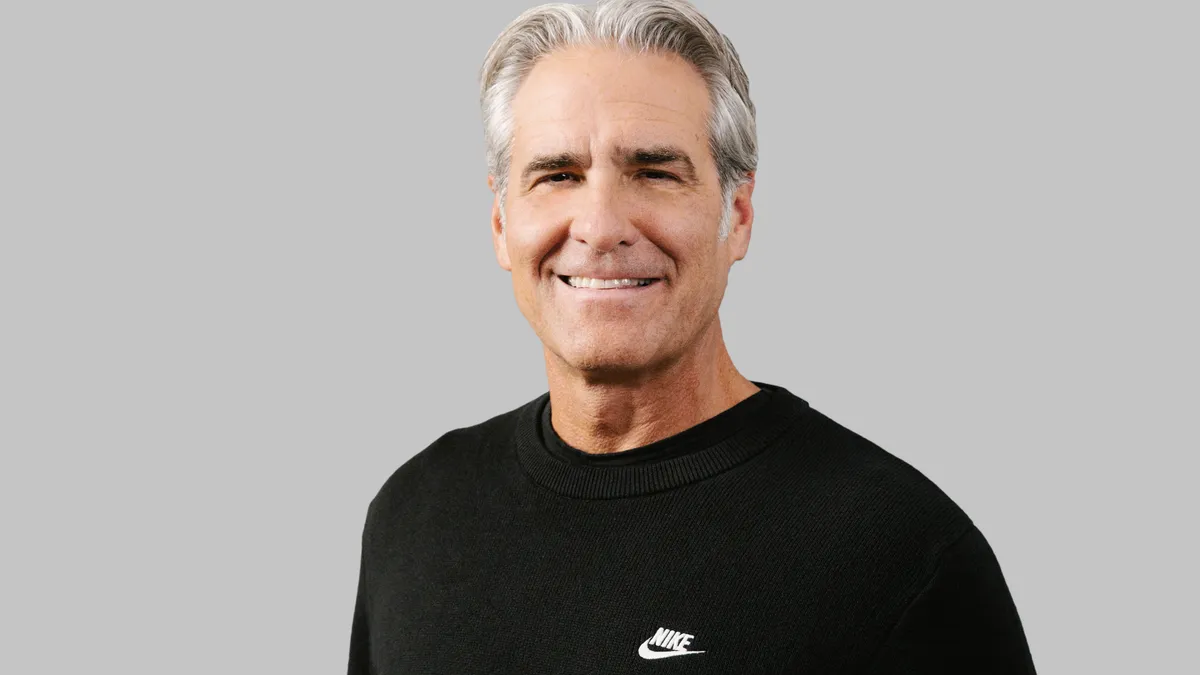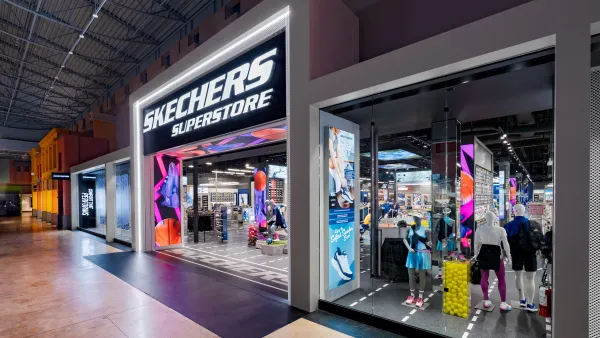Dive Brief:
-
Amazon on Thursday reported second quarter earnings that, at 40 cents per share and $197 million, air-balled below analyst expectations of $1.42 per share, though its $37.96 billion in revenue beat estimates of $37.18 billion, according to CNBC, making up for that, somewhat.
-
Wall Street mostly shrugged off the miss, mostly because the results showed that Amazon continues to grow, even, as noted by GlobalData Retail Managing Director Neil Saunders, in a market as mature as North America, where sales grew 26.6%.
-
Prime Day had a big impact for Amazon, starting with boosting membership, the company said in a press release. "It was the biggest global shopping event ever for Amazon with more new Prime members joining Prime than any single day in Amazon history," the company said. "Hundreds of thousands of small businesses and entrepreneurs participated in the global event and sold more than 40 million units."
Dive Insight:
The reception that Amazon received after its profit pullback on Thursday is a demonstration of just how confident analysts remain in the e-commerce giant’s potential. Its earnings number was technically a miss, but it’s difficult to deny that Amazon is winning on several key measures including growth, both on and offline, its sticky Prime membership base, innovations through its Echo devices (providing another source of stickiness) and a push into several retail categories.
Some analysts declined to even call it a miss. "Amazon’s Q2 performance is generally in line with our expectations for revenues, with the reductions in operating income on the product side not unexpected, given the highly-promotional environment in North America, which in our view is due to the combination of Amazon’s continued rampant investment, as well as heightened competition from large brick-and-mortar retailers as the battle for market share across multiple categories continues,” Moody’s Lead Retail Analyst Charlie O’Shea said in a statement emailed to Retail Dive.
And the e-commerce juggernaut continues to enjoy support from its AWS cloud services unit, though O’Shea warned that competition in the cloud is building. "AWS continued its revenue growth trend, though we note that margins crept down slightly as the competition in this segment also heats up," he said. "Given the scale of Amazon’s investments in both its retail business and AWS, and uncertainty regarding cadence, it remains difficult in our minds to evaluate Amazon’s operating performance on a quarter-over-quarter basis, as volatility is likely to be the norm while this investment cycle continues."
Given Amazon's long-term outlook, quarterly analysis threatens to miss the big picture. Digging into the details, it becomes harder and harder to see even the earnings whiff as much of a miss, considering that Amazon is racking up not just sales but also revenues from a variety of sources, including subscription fees, but, most especially Prime, which Saunders called "one of the most defensible parts of Amazon's proposition."
"While Prime has already been a considerable success, we are encouraged by its continued growth, including the fact that more people joined during the recent Prime Day than at any other point in Amazon's history," Saunders told Retail Dive in an email. "Along with other subscription revenues, Amazon Prime fees generated some $2.2 billion of revenue this quarter — 51% up over the prior year. As much as other retailers offer variations of the Prime service, none of them offer a fraction of the benefits Prime has."
The retailer's entertainment services and devices (which stream music and answer trivia questions, among other feats) are growing in popularity. Amazon is expected to have 85.3 million U.S. viewers this year, an 11.9% jump over last year — which equates to 44.1% of the streaming video market, according to e-Marketer. In comparison, Netflix has 66.2%. Also this year, Amazon Fire TV will have 35.8 million U.S. users, up 36.3% over last year, giving Amazon a 21.3% share of connected TV users.
The Echo is emerging as another customer adhesive. According to eMarketer, 25.1 million Americans will use an Amazon Echo this year, up 123.9% over last year, and 70.6% of voice-enabled speaker users will use an Amazon Echo, compared with 23.8% who will use Google Home.
And Prime Day gave all that quite a bump, according to Amazon's litany of accomplishments that came with its earnings report Thursday. Globally, Prime Day was the biggest sales event ever for Amazon devices, including record sales for Echo, Fire tablets and Kindle devices, the company said. The Echo Dot was the best-selling Amazon device that day and the best-selling product from any manufacturer in any category across Amazon globally. Amazon's latest 55-inch Ultra HD Fire TV was the best-selling TV deal in Amazon history, selling a record number in less than four hours, according to the company's press release.
"Few retailers even come close to having Amazon's energy and stamina in trying and launching new things."

Neil Saunders
Retail Managing Director, GlobalData
Much of Amazon’s prowess comes from its fearlessness and even its willingness to fail. "[F]ew retailers even come close to having Amazon's energy and stamina in trying and launching new things," according to Saunders.
But is Amazon invincible? Walmart, despite its obvious determination to amplify its e-commerce through a series of un-Walmart-like acquisitions and strong omnichannel plays, isn’t an immediate threat. But Walmart is apparently playing to win, and could begin to catch up, Saunders warned. "Walmart … is investing more in online both through acquiring new brands and enhancing its service," he said. "In our view, this does not pose a near term threat to the Amazon juggernaut, but over the longer term, it has the potential to take the edge off market share growth, especially in the U.S."
Saunders did come full circle though, also noting that Amazon is once again wowing analysts and investors with customer-pleasing, growth-centric, and sticky approaches, but returning to thinner profits. And that will likely get worse as Amazon enters the slim-margin world of grocery. "The need to reduce prices at Whole Foods, increase investment and integrate the business will all have a temporary dampening impact on profit," Saunders warned. "Amazon can cope with this, but it still needs to keep an eye on its bottom line."
Amazon’s strengths continue to be bad news for other retailers, especially considering that its build-out of brick-and-mortar stores, which includes more bookstores and eventually, the Whole Foods fleet, could help Amazon continue to make connections with customers, refine its fulfillment network, bulk up Prime and get its devices into even more homes.
“[T]he development of more own-brand product in fashion and other categories will enhance margins and help Amazon to differentiate itself from other players,” Saunders said. “In this regard, it is clear that Amazon is playing a long-term game and, in our view, it remains fully on course to win.”














